- Top
- What is OLED lighting?
- Features of OLED lighting
Features of OLED lighting
Surface illumination
Light is diffused softly from a wide light source area
Do you feel you must simply bear the glare from a light source in order to obtain brightness?
OLED lighting can generate soft light because light is emitted evenly from a wide area and diffused over the surrounding area. For instance, when OLED lighting is used for undershelf lighting, light is diffused beautifully to the inner corners of the shelf and the light spilling out from the confines of the shelf softly illuminates the surrounding area.
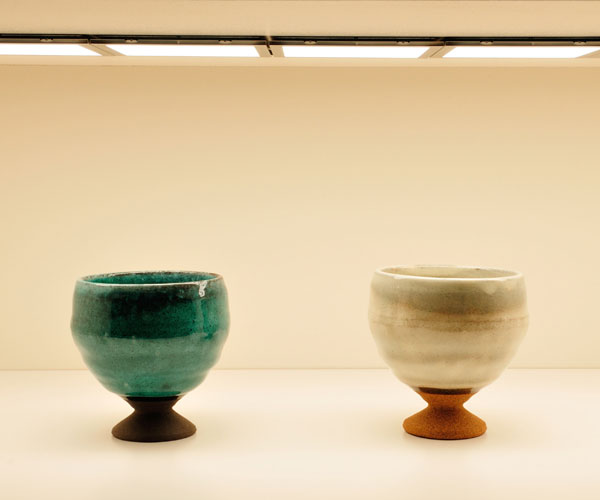
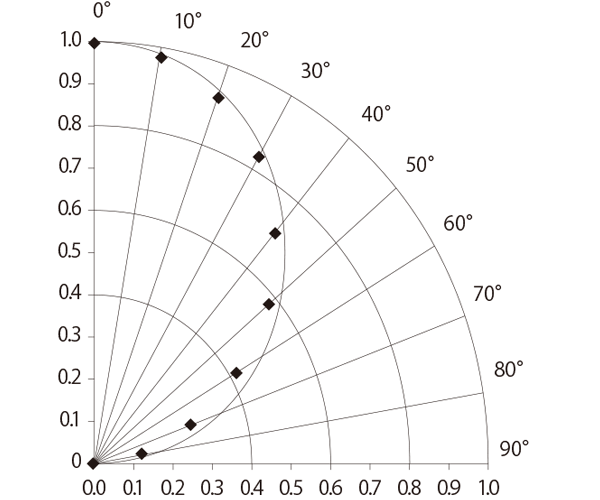
Light source with no unevenness or granular feeling
Since the entire surface is illuminated, there is no unevenness in brightness.
When dimming was used to reduce the light intensity in LED lighting, it was extremely difficult to eliminate uneven, granular luminescence even with the use of a light guide or diffuser. OLED lighting maintains even luminescence even if light intensity is reduced.

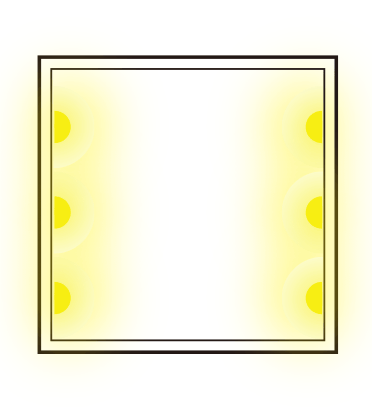
Reduction of dark shadows
Even under the brightness required for delicate manual work, dark shadows are unlikely to be created.
The low light reflection on reading material and objects facilitates viewing, making this product suitable for use as a reading light, task light, or undershelf lighting.
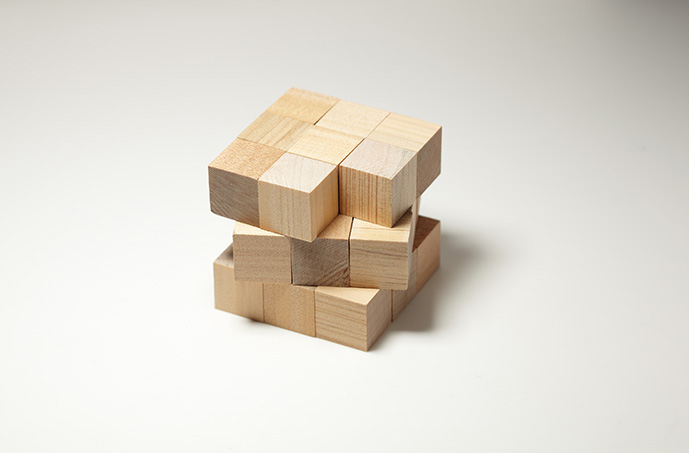

Easy to dissipate heat
A surface heating element dissipates heat more easily than a point heat element. A distinctive feature of OLED lighting panel is the generation of heat from the surface.
Some lighting devices do not require a heat sink or aluminum substrate due to the structure, helping to reduce the number of required components.*
* When a current higher than the rated current is supplied to the OLED lighting panel or the OLED lighting panel is installed in a low heat dissipation structure, the panel will become hot in the same way as for other light sources. Ensure an appropriate thermal design, by using the actual device in the designing process.
Heat dissipation comparison diagrams (Temperature distribution simulation image/cross section of the center of the heating element)
The aluminum plate of 100 mm x 100 mm x 1 mm is compared by two types of heating elements of different shapes with the same heating value.
When attached to the rear of the heating element (simulation image)
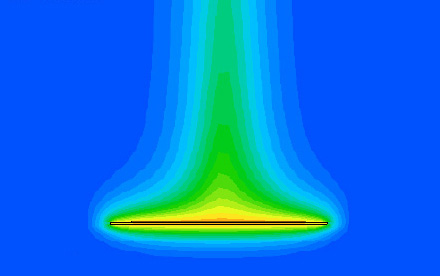
(Heating element of 80 mm x 80 mm x 0.7 mm)
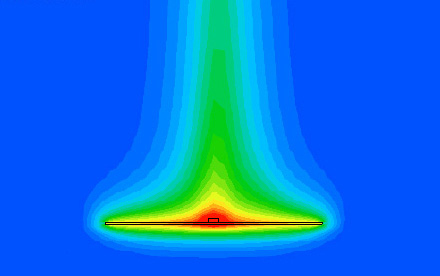
(Heating element of 5 mm x 5 mm x 2 mm)

